|
|
|
|
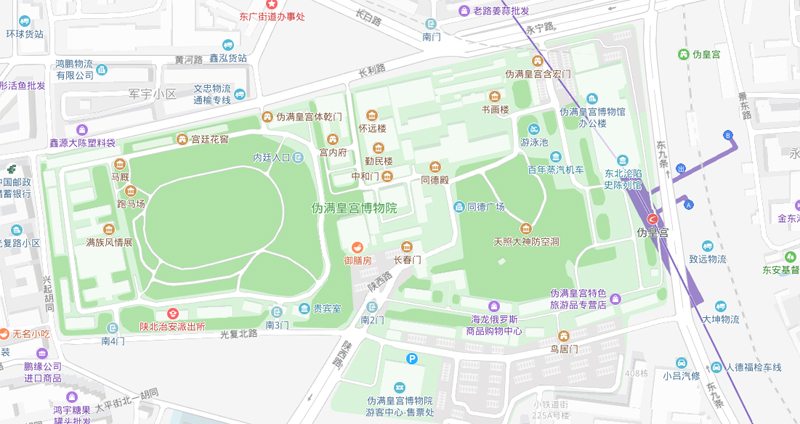
The Japanese tried to legitimize their colonization and subsequent invasion of China by installing a familiar face to their puppet state, Manchukuo. They brought out Aisin-Gioro Puyi, the last emperor of the Qing Dynasty, who was removed from power as republicans swept away the imperial system in 1912.
This palace was built to house the puppet emperor, although the Japanese intended to build something much more grand at Culture Square, which never materialized following the end of World War II.
From Weihuanggong LRT station, cross the street and proceed downhill. The parking lot is to the right and it is a long walk across the lot to the ticket centre on the left.


|
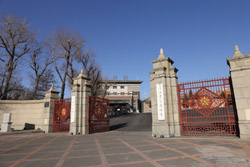
|
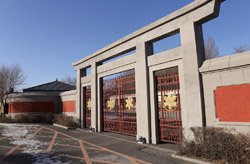
|
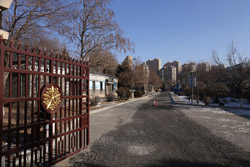
|
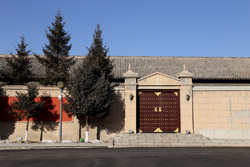
|
The palace is spread across a number of buildings with many exhibits of living quarters and offices during the Japanese colonial era. Inside the main building, the Wide Hall was used by Puyi to greet Japanese and other high-ranking officials as well as family dinners.




|
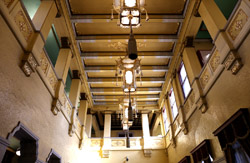
|
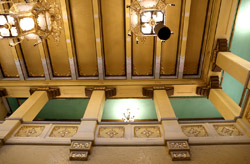
|
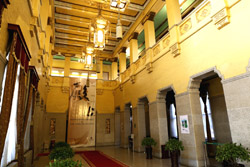
|
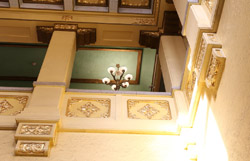
|
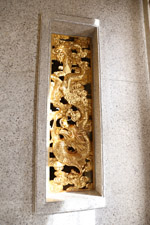
|
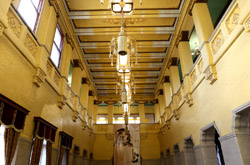
|
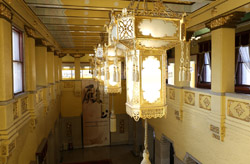
|
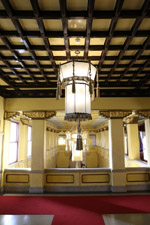
|
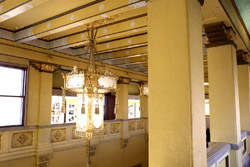
|
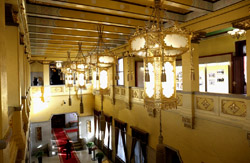
|
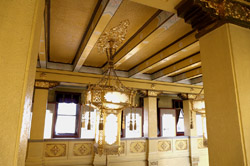
|
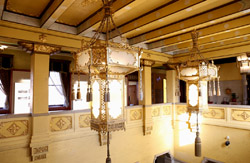
|
|
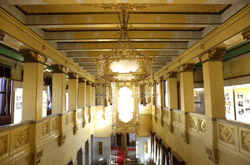
|
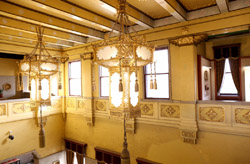
|
The Kowtow Room was designed for handling political affairs, meeting visitors, and receiving formal greetings. It ended up being used for kowtow salutes during important festivals.


A grand staircase leads upstairs.

|
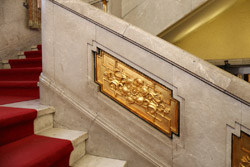
|
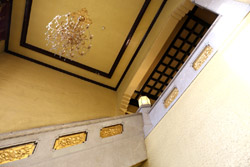
|
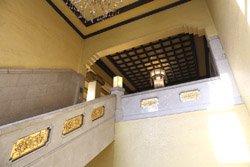
|
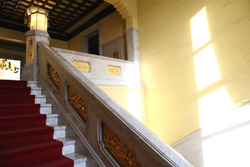
|
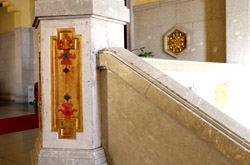
|
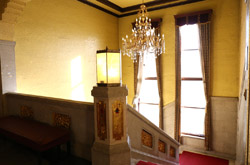
|
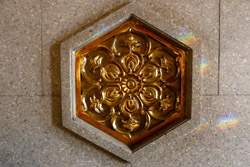
|
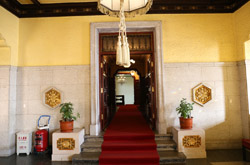
|
Upstairs, there are more personal rooms. The Drawing Room was never used to meet guests, but ended up as a storage room for Buddhist scriptures.


Although designed as a bedroom, Puyi didn't stay here on a regular basis, perhaps because he knew the room was bugged by the Japanese.


|
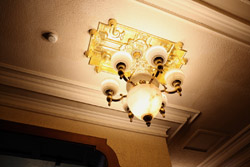
|
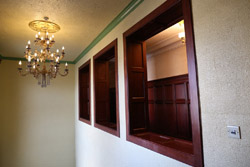
|
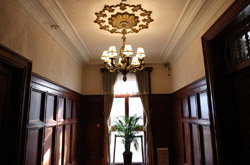
|
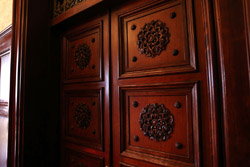
|
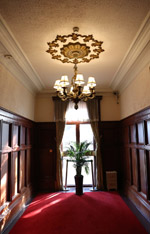
|
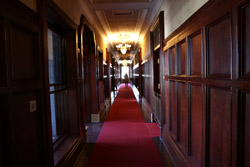
|
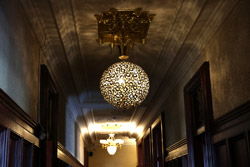
|
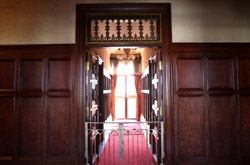
|
Li Quqin entered Puyi's life as concubine in 1943, with the empress' rooms redistributed for her use.



|
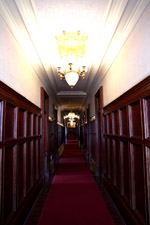
|
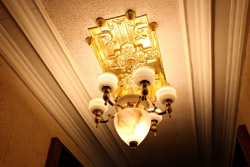
|
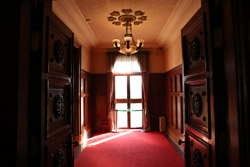
|
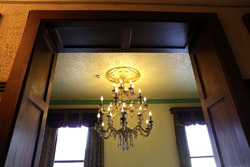
|
|
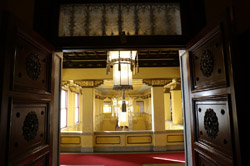
|
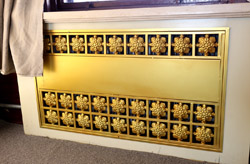
|
Back downstairs, the banquet room was transformed into a movie hall where Puyi and his family saw documentaries and movies. Puyi would also play badminton here.




After formalities in the Kowtown Room, officials came to the Routine Meeting Room for discussions on political and state topics.


The China Room was used for meeting royal relatives and former Qing Dynasty ministers.

The Piano Room


To impress his Japanese overlords, the Japan Room was built to demonstrate Puyi's country and Japan are inseparable.

|
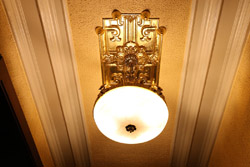
|
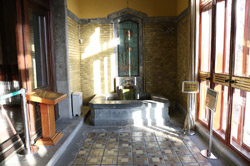
|
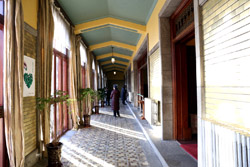
|
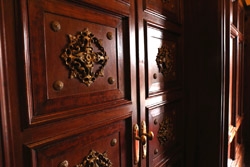
|
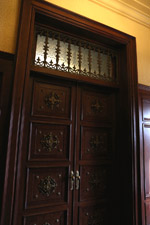
|
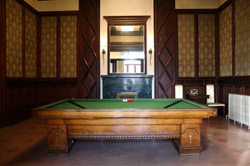
|
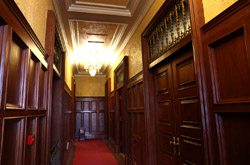
|
A covered corridor leads to the next structure, Huaiyuan Building.

The Imperial Secretariat was established in 1934 to safekeep imperial seals and edicts.


Fengxian Temple was used to store his imperial ancestors' portraits and memorial tablets.



|
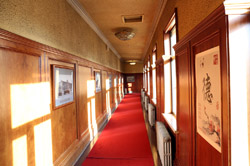
|
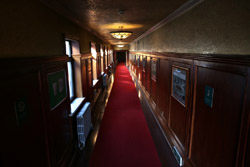
|
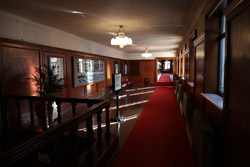
|
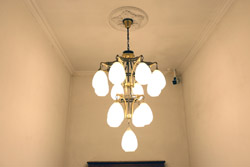
|
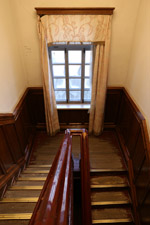
|
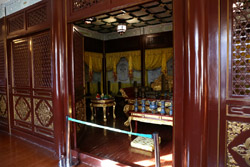
|
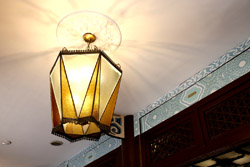
|
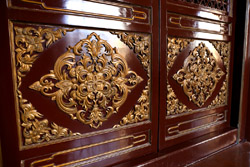
|
Many artifacts are also on display depicting Puyi's life, who was branded a traitor for collaborating with the Japanese and supporting their invasion of China. After the war, he was arrested by the Soviets and eventually re-educated back in China.




One of Puyi's favourite items was this polar bear carpet.


|
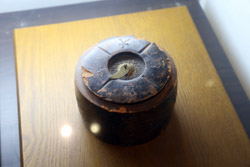
|
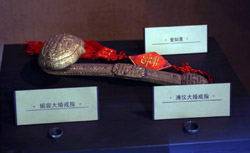
|
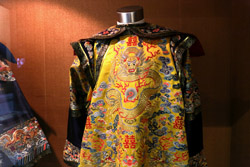
|
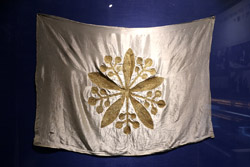
|
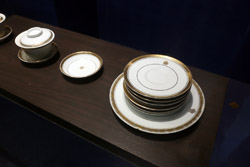
|
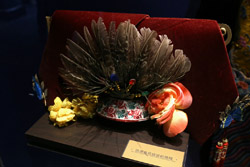
|
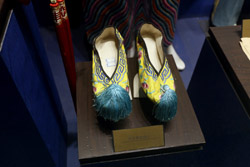
|
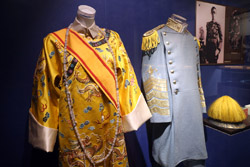
|
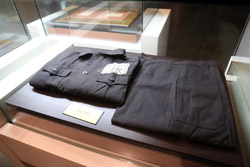
|
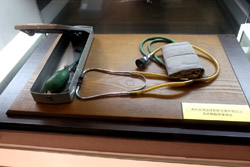
|
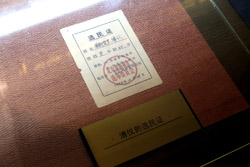
|
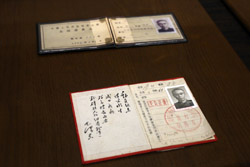
|




|
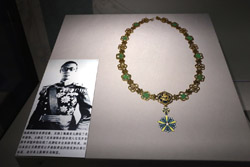
|
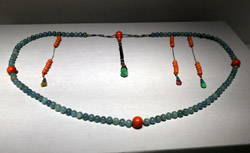
|
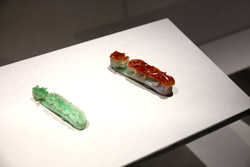
|
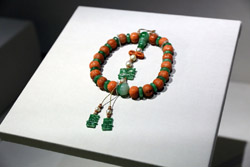
|
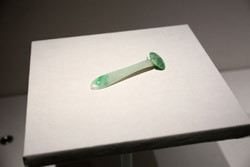
|
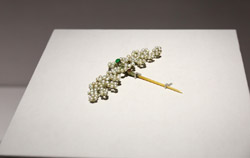
|
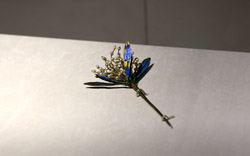
|
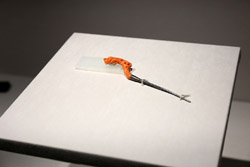
|
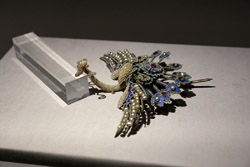
|
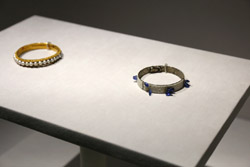
|
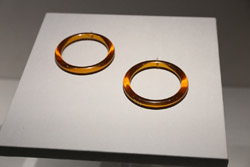
|
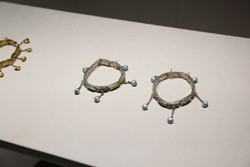
|
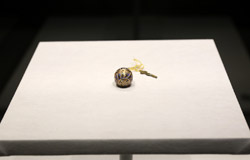
|
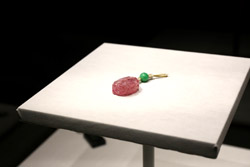
|
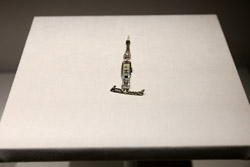
|
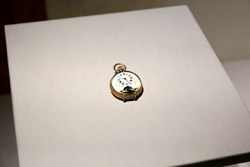
|
|
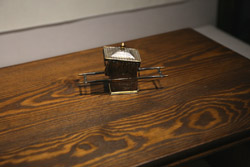
|
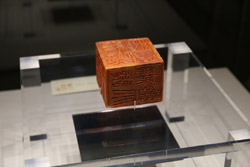
|
Although a palace for the emperor, the design and details are nowhere near the scale of Puyi's former home, the Forbidden City.


The Department of Imperial Retinue Military Office was established in 1934 to transmit orders and accompany the emperor in political activities.

The Department of Close Retinues maintained altars and temples, Puyi's medical care and accommodations.


Bureau of Royal Accountancy and Auditing



|
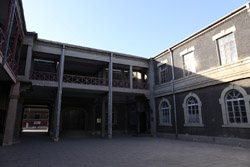
|
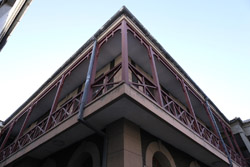
|
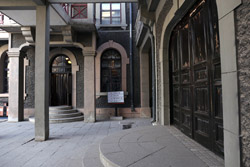
|
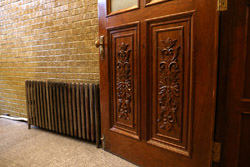
|
|
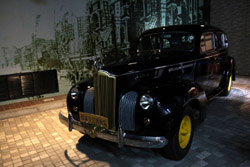
|
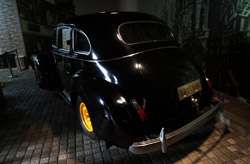
|
Across the courtyard is the Qinmin Building, which houses more offices and meeting areas.





The Second Waiting Room was used by 3rd and 4th class officials before they are called in to meet Puyi.

The First Waiting Room was used by 1st and 2nd class officials before they are called in to meet Puyi.




Yoshioka was a senior staff officer of the Japanese army, who also lived in the palace and supervised Puyi. This was his office.

Retinues Department

Puyi made offerings to his ancestors and Buddha here, but the ancestors' tablets were moved to the neighbouring Huaiyuan Building in 1934. This room became just a Buddhist hall.


Qinmin Hall was used to hold ceremonies, formal greetings, meet ambassadors, and resembled the emperor's throne. Puyi ascended to the throne here in 1934.

Puyi used the West Hall as a study room and informal meetings with his government. He initially thought he could restore the Qing Dynasty, but as the Japanese overlords' ambitions became apparent, he rarely came here to work anymore.

|
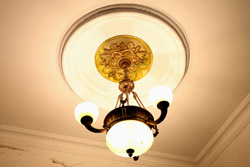
|
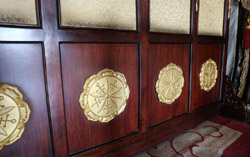
|
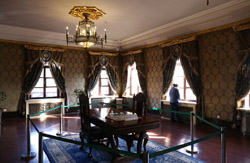
|
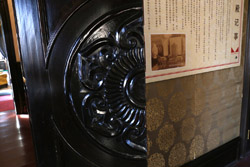
|
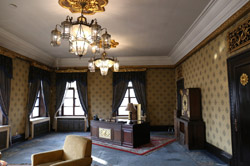
|
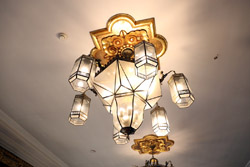
|
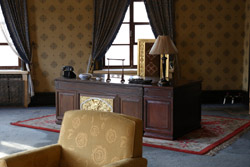
|
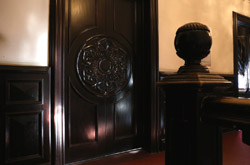
|
Wan Rong became Puyi's empress in 1922, but lost his favour and she became engangled in adultery and an opium addiction. This was her smoking room.

Her living room :

Meanwhile, the other parts of the building were intricately decorated.


|
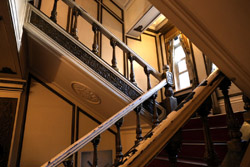
|
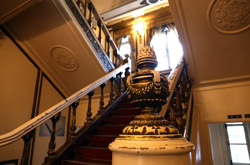
|
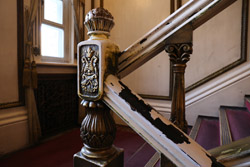
|
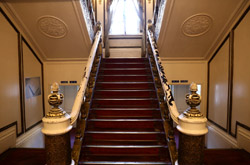
|
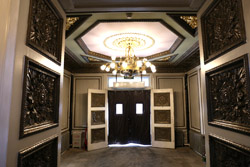
|
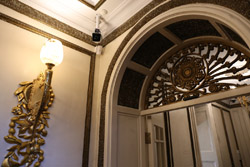
|
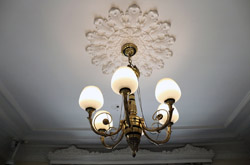
|
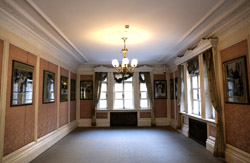
|
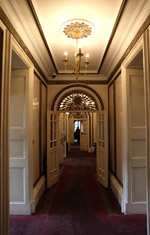
|
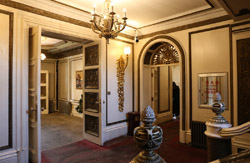
|
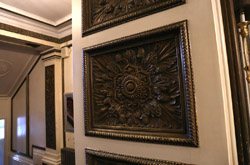
|
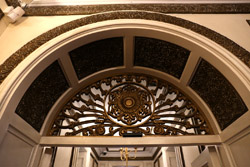
|
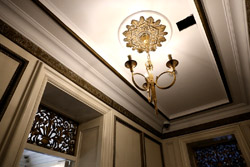
|
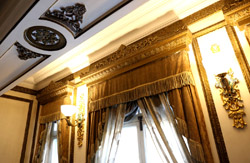
|
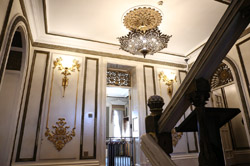
|
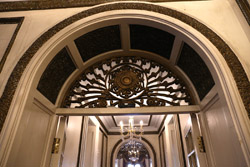
|
Tan Yuling married Puyi in 1937 and this was her bedroom until her death in 1942, aged just 22.

Her living room :

Her study :

|
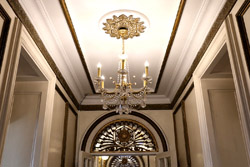
|
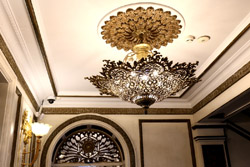
|
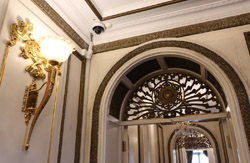
|
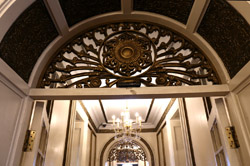
|
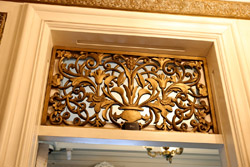
|
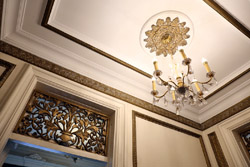
|
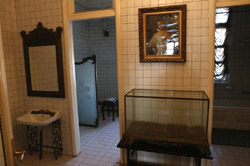
|
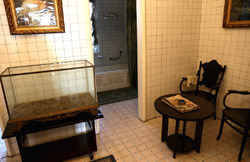
|
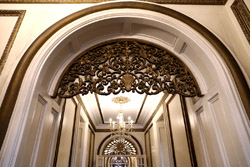
|
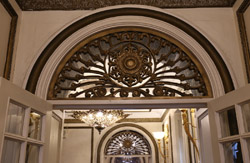
|
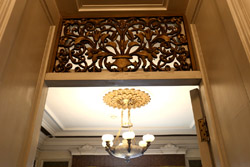
|
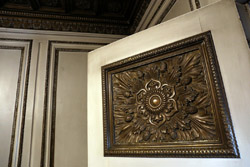
|
Puyi's doctors prescribed him Chinese medicine on a regular basis for nutrition and cleansing. A special room was set up to store both Chinese and Western medicines.

Puyi's study

A Japanese hairdresser was assigned to Puyi. His head was wrapped in a piece of yellow silk to safeguard his precious "dragon" hair. His hormone injection instruments were also sterilied here.

Puyi's bedroom (1932-1945)

Outside, the residence appears modest and simple.


Neighbouring buildings also have many artifacts on display from the era.

|
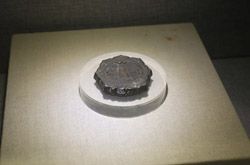
|
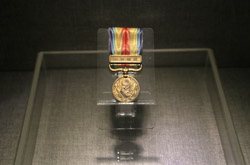
|
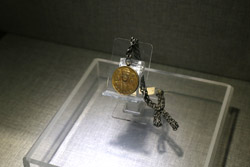
|
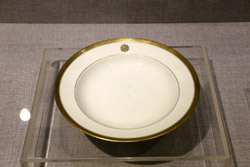
|
|
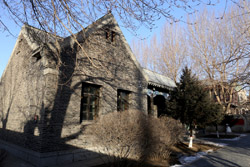
|
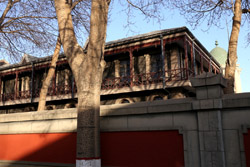
|
Zhixiu House was a dining and resting place for Puyi. His cash and jewels were safekept in this building.





|
Changchun House was home to Puyi's 4th and 5th younger sisters.


|
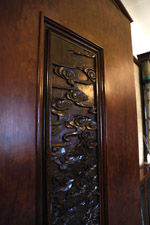
|
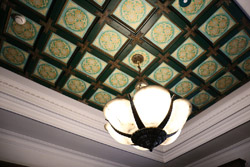
|
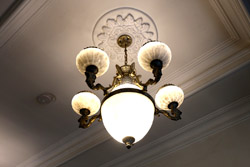
|
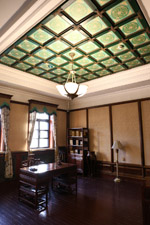
|
Inner Palace Department



Conference Room

The Minister's Office

The Japanese Vice Chief's Office

General Affairs Department Head's Office

Daily Routine Tasks Section Head's Office

At the end of World War II, the Soviets arrested Puyi as he tried to flee to Japan. He was sent to testify at the war trials and eventually was repatriated to China. The Communist government officially pardoned in 1959 and he eventually became a gardener. He died of cancer in 1967.
|

